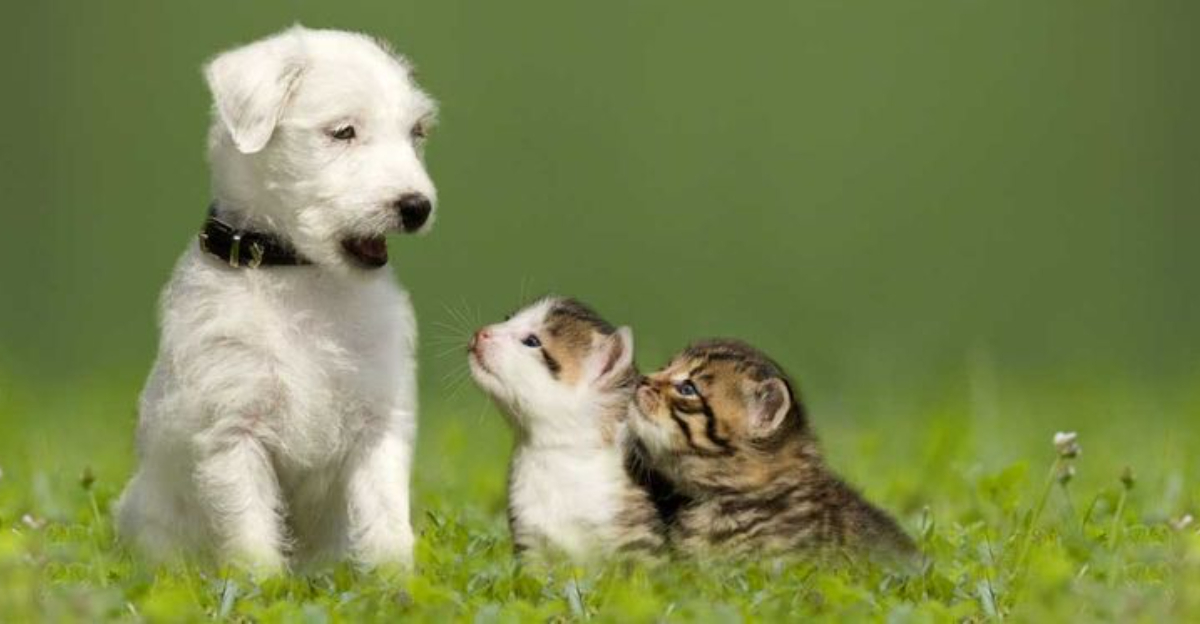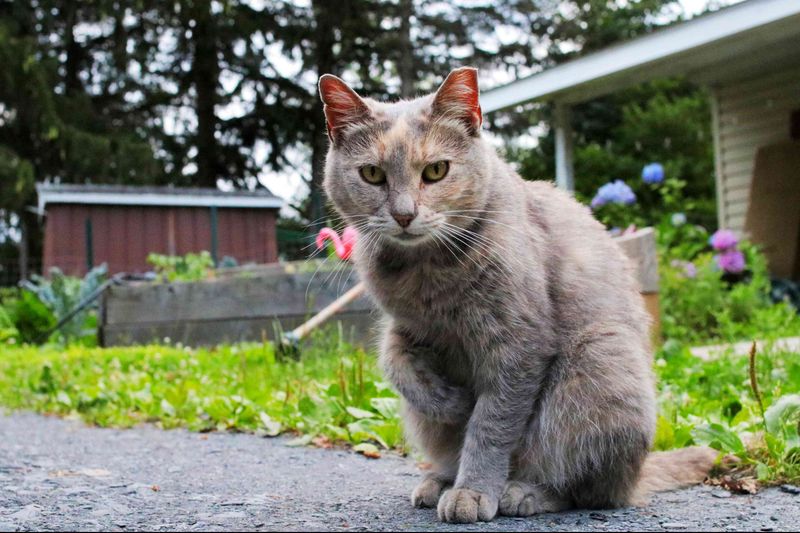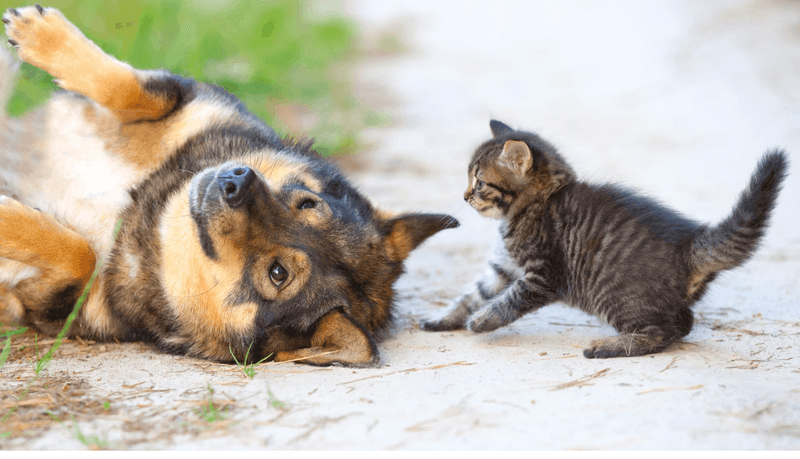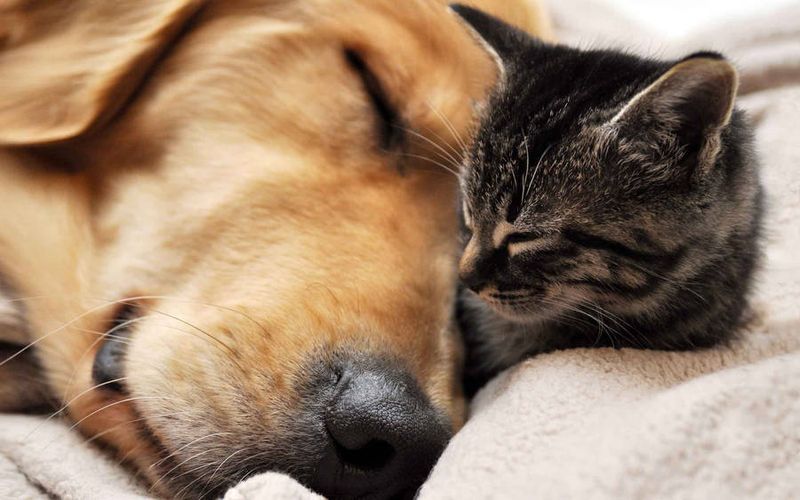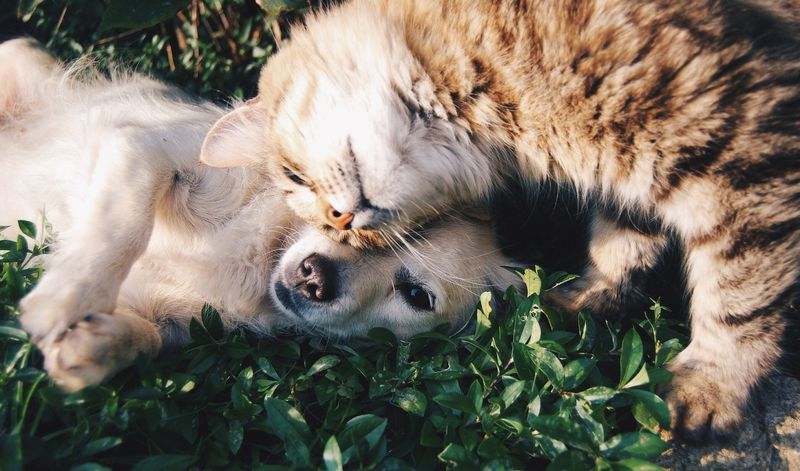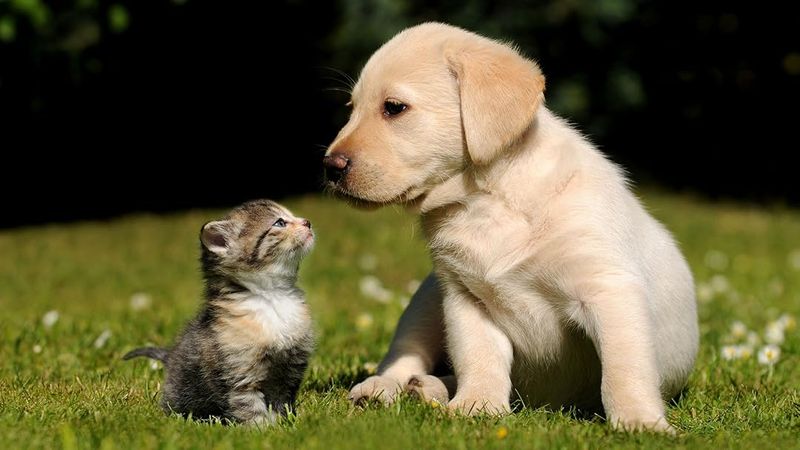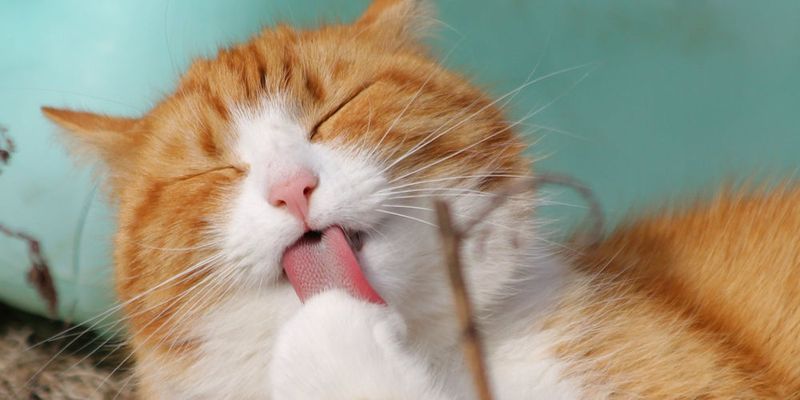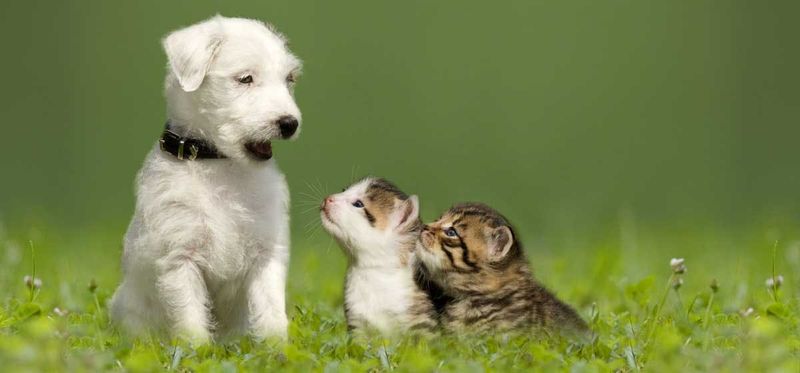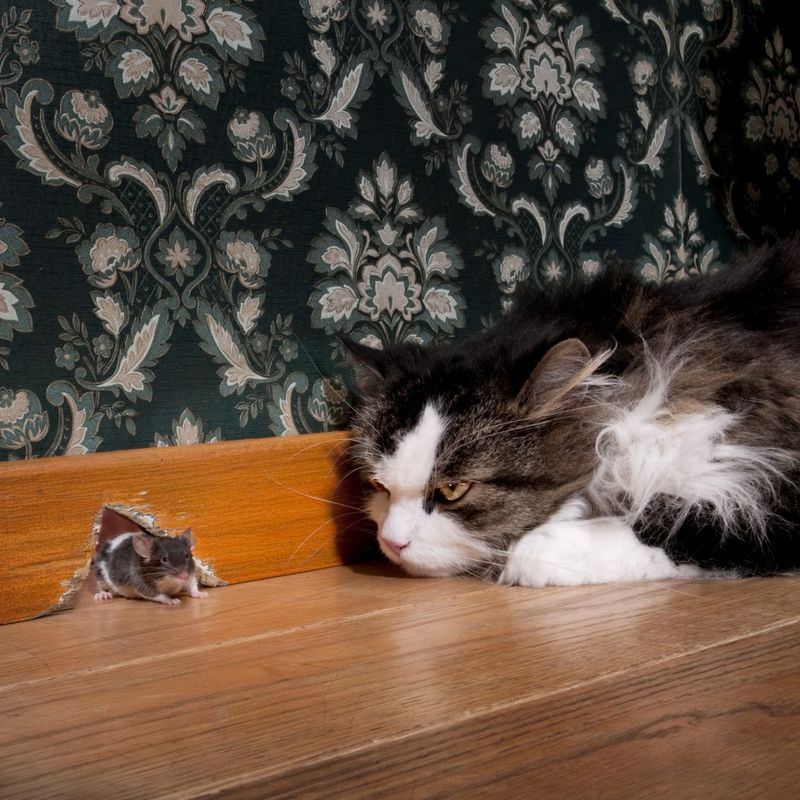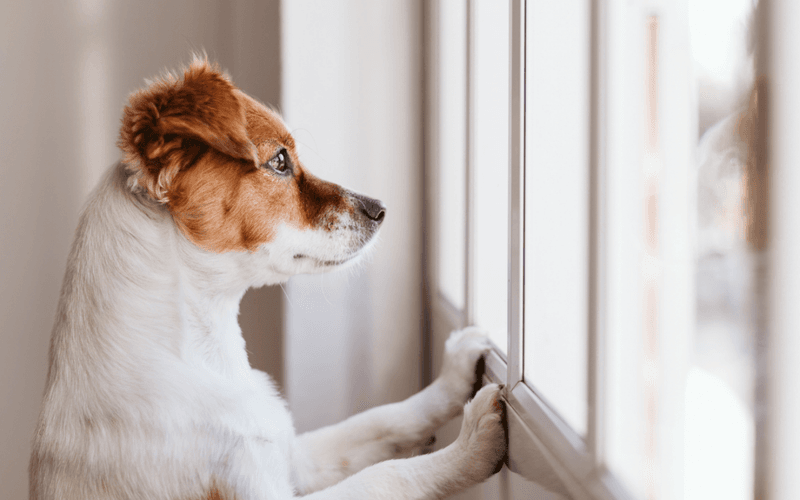📖 Table of Content:
Cats and dogs, our beloved household companions, often seem like complete opposites. Yet despite their reputation as natural enemies, these furry friends share some surprising similarities in behavior and habits. At the same time, they maintain distinct characteristics that make each species unique. Understanding these similarities and differences can help pet owners better connect with their four-legged family members.
1. Territorial Protection
Both cats and dogs feel an instinctive need to guard their turf. A cat might perch on windowsills, carefully monitoring neighborhood activities while hissing at strange cats who dare enter their domain. Dogs display similar behavior through barking at passersby or strangers approaching the house.
This protective instinct stems from their wild ancestors, who needed to defend resources for survival. Even well-fed pets maintain this deep-rooted behavior.
Interestingly, mixed-species households often show cooperative territory defense, with cats and dogs teaming up to alert each other about potential intruders.
2. Playful Pouncing
Sudden bursts of energy send both species into acrobatic frenzies. Cats perform midnight zoomies, tearing through the house with wild abandon, while dogs engage in similar energy releases during play sessions.
These playful pounces help pets burn energy and stay mentally stimulated. Without these outlets, both animals can develop behavioral problems from pent-up energy.
The next time your cat ambushes your ankles or your dog drops into a play bow and darts around the yard, remember they’re following natural instincts that keep them physically and mentally healthy.
3. Nap Masters
Catching z’s ranks high on both animals’ daily schedules. Cats famously sleep up to 16 hours daily, finding sunny spots and cozy nooks for their frequent snoozes. Dogs aren’t far behind, averaging 12-14 hours of sleep, often sprawled out in similar sun puddles or comfy corners.
Both animals cycle through similar sleep patterns, including deep sleep and REM cycles where they may twitch, paddle their paws, or make small noises.
Sleep helps both species conserve energy and process daily experiences. Their shared love for napping explains why pet beds and sunny windowsills become prime real estate in multi-pet homes.
4. Food Motivation
Treats unlock instant cooperation from both furry companions. Dogs famously perform tricks for tasty rewards, while many cat owners discover their supposedly independent felines suddenly become very attentive when treats appear.
Food-motivated behavior reflects ancestral survival instincts. Wild canines and felines needed to take advantage of every food opportunity, a drive that remains strong in domestic pets.
Smart pet parents harness this motivation for training purposes. Clicker training works effectively for both species when paired with treats, proving that despite their different reputations, the path to both animals’ hearts often runs through their stomachs.
5. Scent Communication
Noses lead the way for both pets when exploring their world. Dogs leave their mark by urinating on objects, while cats rub their faces on furniture and people, depositing scent from special glands.
This behavior serves as a sophisticated communication system. Through scents, both animals claim territory, announce their presence, and gather information about other animals in the area.
When your dog thoroughly sniffs a fire hydrant or your cat methodically rubs against your legs after you return home, they’re engaging in similar scent-based activities – one checking messages and the other leaving them.
6. Affection Seeking
Contrary to the aloof cat stereotype, both pets actively seek human connection. Dogs wag tails and lean against their people, while cats purr and knead with their paws when content.
Physical contact provides security and reinforces social bonds for these pack and colony animals. The head-butting behavior of cats parallels a dog’s nuzzling – both are requests for attention and displays of trust.
Research shows that both species experience rises in oxytocin (the bonding hormone) during positive interactions with their humans. This shared neurochemical response explains why pets of both species can form deep emotional connections with their families.
1. Independent Grooming
Cats spend hours daily meticulously cleaning their fur with specialized tongues. This self-maintenance stands in stark contrast to most dogs, who typically need human assistance with grooming tasks.
A cat’s barbed tongue efficiently removes dirt and distributes natural oils throughout their coat. Dogs generally lack this self-grooming ability, often requiring regular baths and brushing from their owners to stay clean.
This fundamental difference stems from their evolutionary paths – cats evolved as solitary hunters who needed to stay clean without assistance, while dogs developed in packs where mutual grooming sometimes occurred. When a cat bathes while your dog rolls in something smelly, you’re witnessing this evolutionary divergence in action.
2. Vocal Communication Range
Dogs bark, howl, and whine in a relatively straightforward vocal repertoire. Cats, meanwhile, produce an astonishing range of over 100 distinct vocalizations, from chirps and trills to meows specifically evolved for human communication.
This vocal difference reflects their natural social structures. Wild dogs communicate constantly with pack members, while solitary wild cats rarely vocalize except during mating or territorial disputes.
Domestic cats actually developed their extensive “vocabulary” specifically for humans – adult feral cats rarely meow to each other. This adaptability demonstrates how cats evolved unique ways to communicate with us, while dogs maintained their pack-oriented communication style.
3. Predatory Instincts
No matter how domesticated, cats keep their keen hunting instincts alive. Even pampered house cats will stealthily stalk, pounce, and catch prey, often presenting their “gifts” to their owners.
Dogs, despite their predator ancestry, have largely had hunting behaviors selectively bred into specialized forms. Most pet dogs chase but lack the complete predatory sequence that nearly all cats maintain.
This difference explains why cats instinctively play with toys mimicking small prey movements, while many dogs prefer games centered around chasing, retrieving or tug-of-war. When your cat stalks a toy mouse with the same intensity as a real one, you’re witnessing preserved wild instincts that most dogs no longer fully possess.
4. Social Structure Needs
Descended from wolves, dogs have an instinctual need for pack dynamics and regular social interaction. Prolonged isolation can cause genuine distress and separation anxiety without adequate training.
Cats evolved as primarily solitary hunters who come together mainly for mating. Their independent nature means most can handle alone time gracefully, though they still form social bonds.
This fundamental difference explains why dogs typically greet returning owners with exuberant displays while cats might acknowledge your return more subtly. The dog’s wolf ancestry creates a deep need for constant social connection, while the cat’s wildcat lineage programmed them for comfortable independence interspersed with social interaction.
